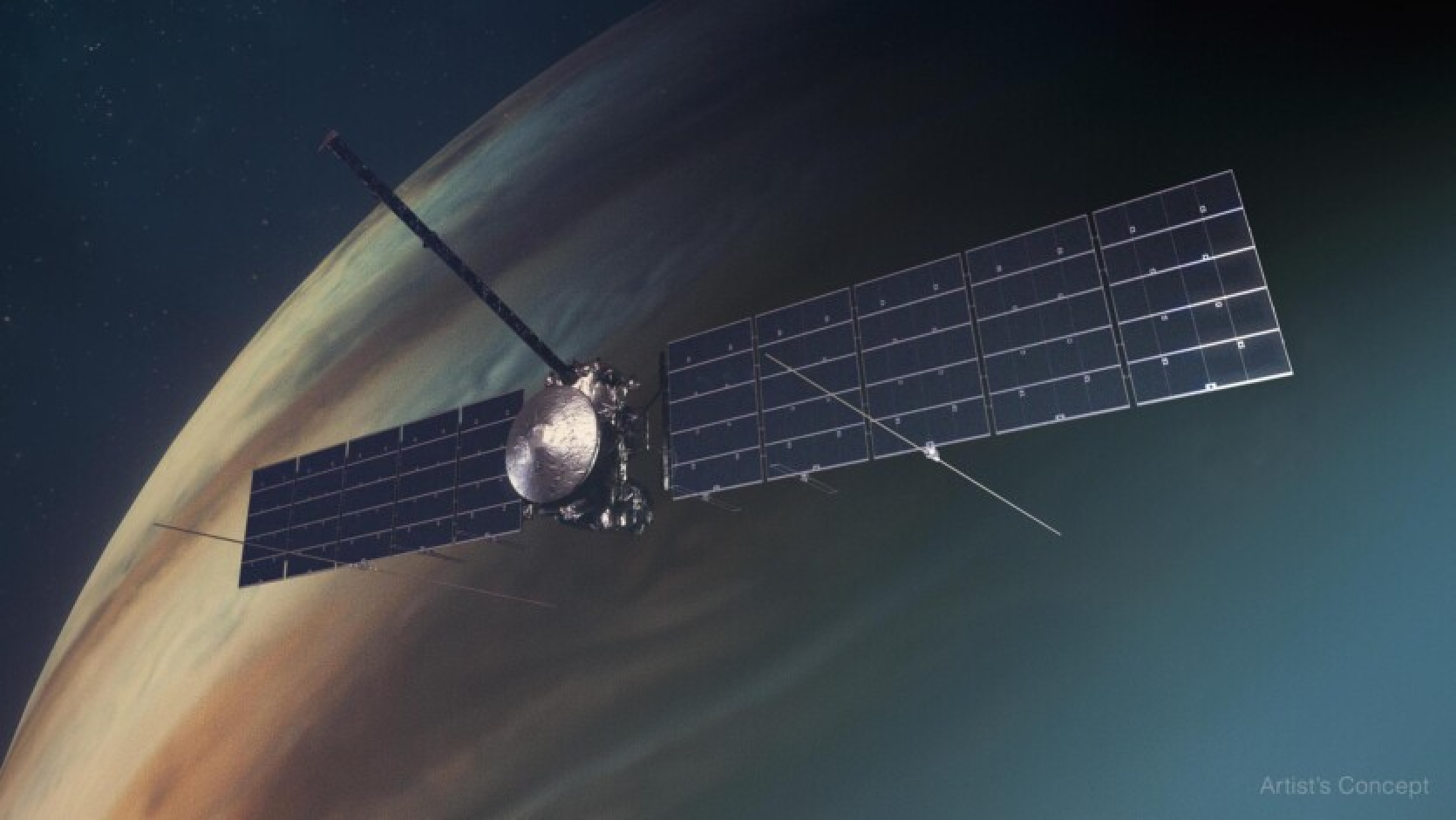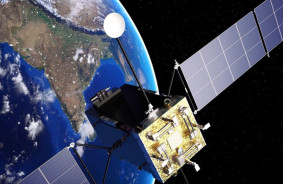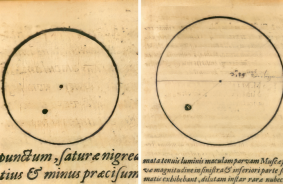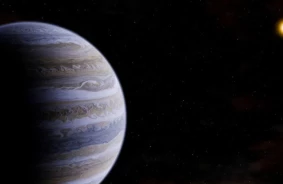Jupiter's icy moon Europa is considered one of the most promising locations in the Solar System for the search for signs of life.
The Europa Clipper spacecraft launched aboard a SpaceX Falcon Heavy rocket on Monday (the launch was delayed a few days due to Hurricane Milton) and marked the beginning of a long five-year journey for the mission to Jupiter. There, the spacecraft will explore the planet's icy moon Europa, which is of great interest to scientists due to the possibility that it may contain an ocean beneath its frozen surface.
“This is an epic mission. It’s our chance to explore a world that may have been habitable billions of years ago, but could still be capable of supporting life right now,” said Kurt Neubauer, a scientist with the Europa Clipper program.
The first close-up images of Jupiter were sent back by NASA's Voyager probes in 1979, while a subsequent mission called Galileo orbited the planet for nearly eight years until the early 2000s and discovered signs of an ocean on its moon.
As noted by Ars Technica, previous concepts for Europa Clipper attempted to continue research but were cancelled. Meanwhile, former U.S. Congressman John Culberson actively advocated for the mission, pushing for funding in NASA’s budget. Ultimately, the Obama administration and the space agency officially supported the project, which became known as Europa Clipper in 2015.
What is known about Europa Clipper?
Europa Clipper is the largest spacecraft that NASA has ever sent to explore a planetary body (weighing 5.7 tons at launch). It is equipped with two solar panels that can capture dim sunlight from a distance five times greater than that from Earth to the Sun.
This is also NASA’s most expensive planetary mission in history, costing $5.2 billion—about half the cost of the James Webb Space Telescope and twice as expensive as the agency's latest Mars rover.
The power of the Falcon Heavy allowed Europa Clipper to reach a trajectory that will eventually take it to Jupiter. To ensure the necessary speed for the spacecraft, SpaceX used up all the fuel, leaving no capabilities for booster recovery. According to John Edwards, vice president of the space company, the Falcon Heavy reached a speed of 45,648 kilometers per hour—the highest speed ever achieved by a SpaceX rocket.
The Journey to Jupiter
To reach Jupiter, the Europa Clipper must travel 2.9 billion kilometers—next year, the mission will come close to Mars, and in 2026 it will return to Earth. These flybys will use the gravitational force of each planet to "slingshot" the spacecraft further from the Sun and direct it toward Jupiter.
According to the plan, Europa Clipper will arrive at Jupiter in April 2030. The mission will then fire its engines for 6-8 hours to use most of its fuel and slow down into the planet's orbit. This will set the spacecraft up for a series of 49 "close encounters" with Europa.
“To be clear, we are not landing on Europa. We are approaching very closely, 25 kilometers above the surface. These flybys cover both hemispheres of the moon and different latitudes,” says project manager Jordan Evans.
In Search of an Oasis
The NASA spacecraft Galileo made dozens of close approaches to Europa but was equipped with scientific instruments from the 1980s. In contrast, Europa Clipper boasts a 21st-century payload—featuring nine instruments designed to study Jupiter's icy moon, from its ocean to the surrounding atmosphere.
“Europa Clipper contains the most advanced toolkit we have ever sent to the outer Solar System,” says Bob Pappalardo, a project scientist. “It has a radar capable of penetrating ice and works like a CT scan, providing ultra-high-resolution images. We will also be able to search for warm spots and plumes on Europa—all these amazing methods that come together to tell us whether the moon could support life today?”
The best of Europa Clipper’s cameras will be able to recognize surface features as small as 50 cm in specific areas. These images will be 12 times clearer than the most detailed images taken by Galileo.
The spacecraft's other sensors will determine the composition of Europa’s crust and thin atmosphere, look for water plumes (previously detected by the Hubble telescope) that burst through cracks in the ice shell, and scan small pools of water that might exist on Europa's surface.
Scientists will utilize measurements of magnetic and gravitational fields from Europa Clipper to ascertain the depth and salinity of Europa’s ocean. Estimates suggest the ocean’s depth is around 100-120 kilometers, with the ice shell ranging from about 15-30 kilometers thick.
The second objective of Europa Clipper is to identify locations on the moon's surface that may be worth sending a lander to in the future.
“Sometimes I get asked what I would like to see on Europa? What would be the best outcome?” says Pappalardo. “For me, it would be to find some oasis with evidence of liquid water near the surface, evidence of organic material. This could be a place where NASA could send a lander in the future to literally search for signs of life.”
Source: NASA, Ars Technica














Comments (0)
There are no comments for now